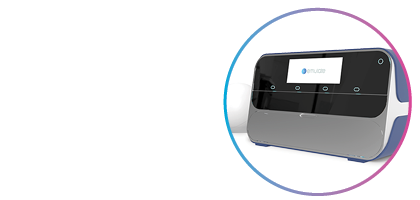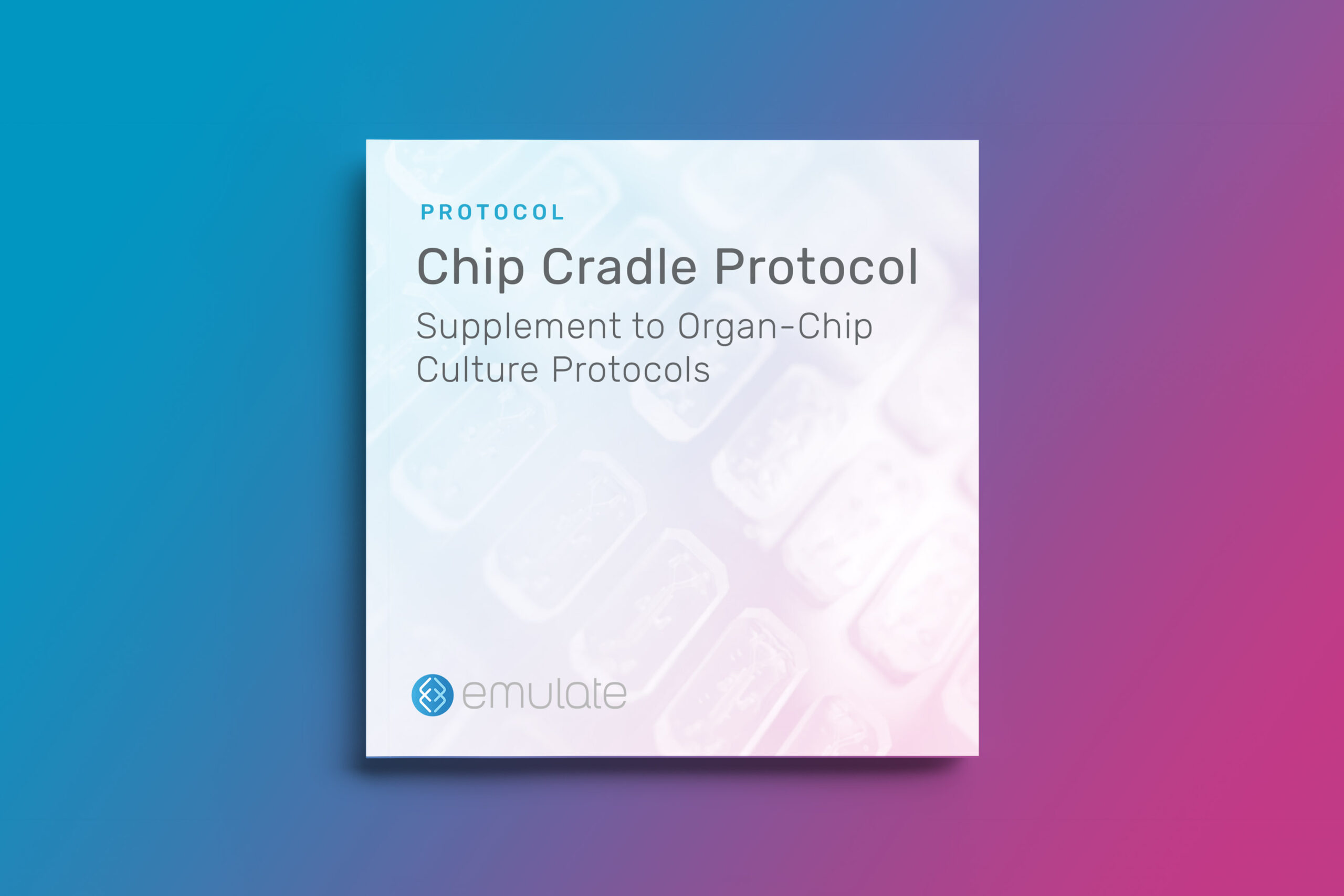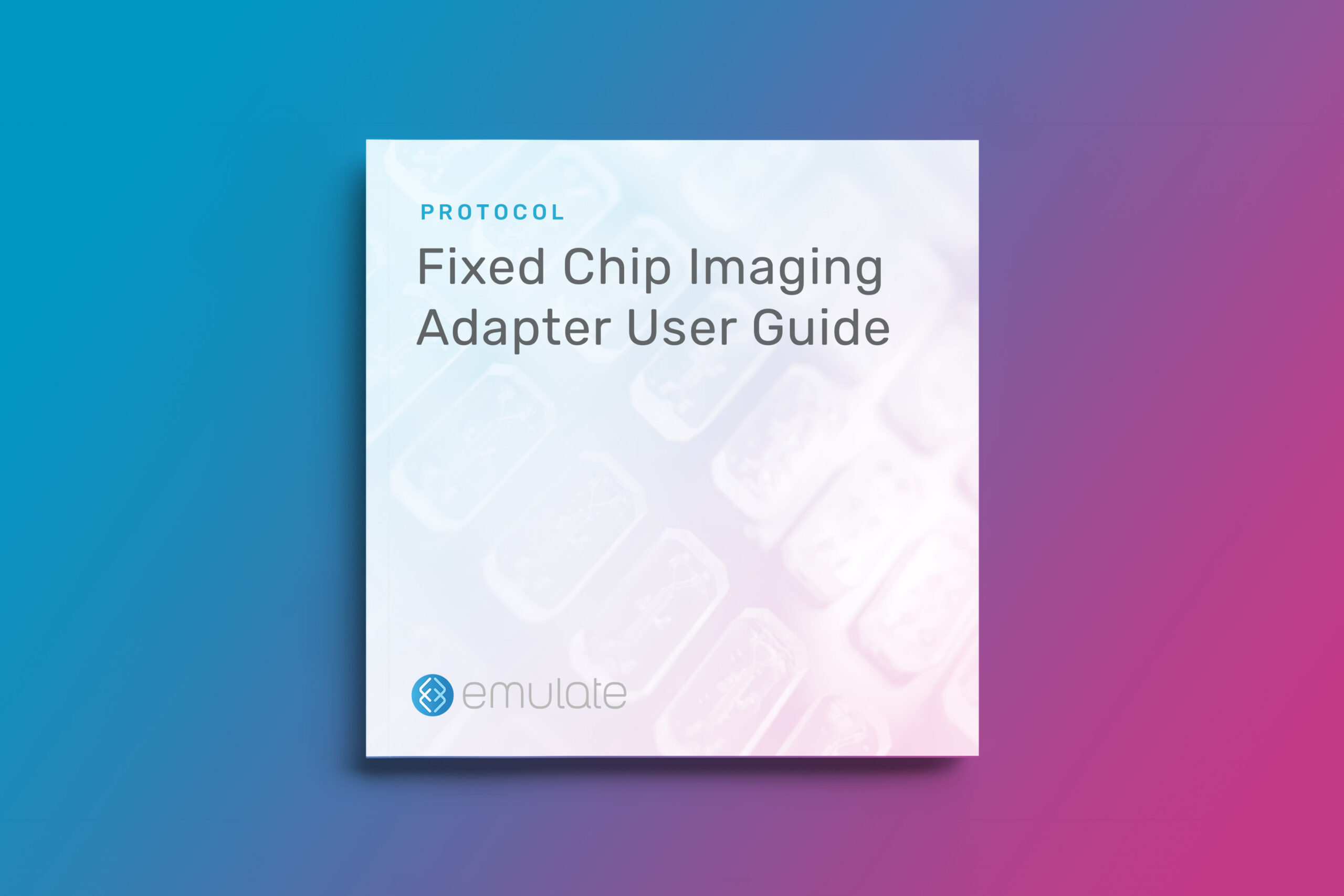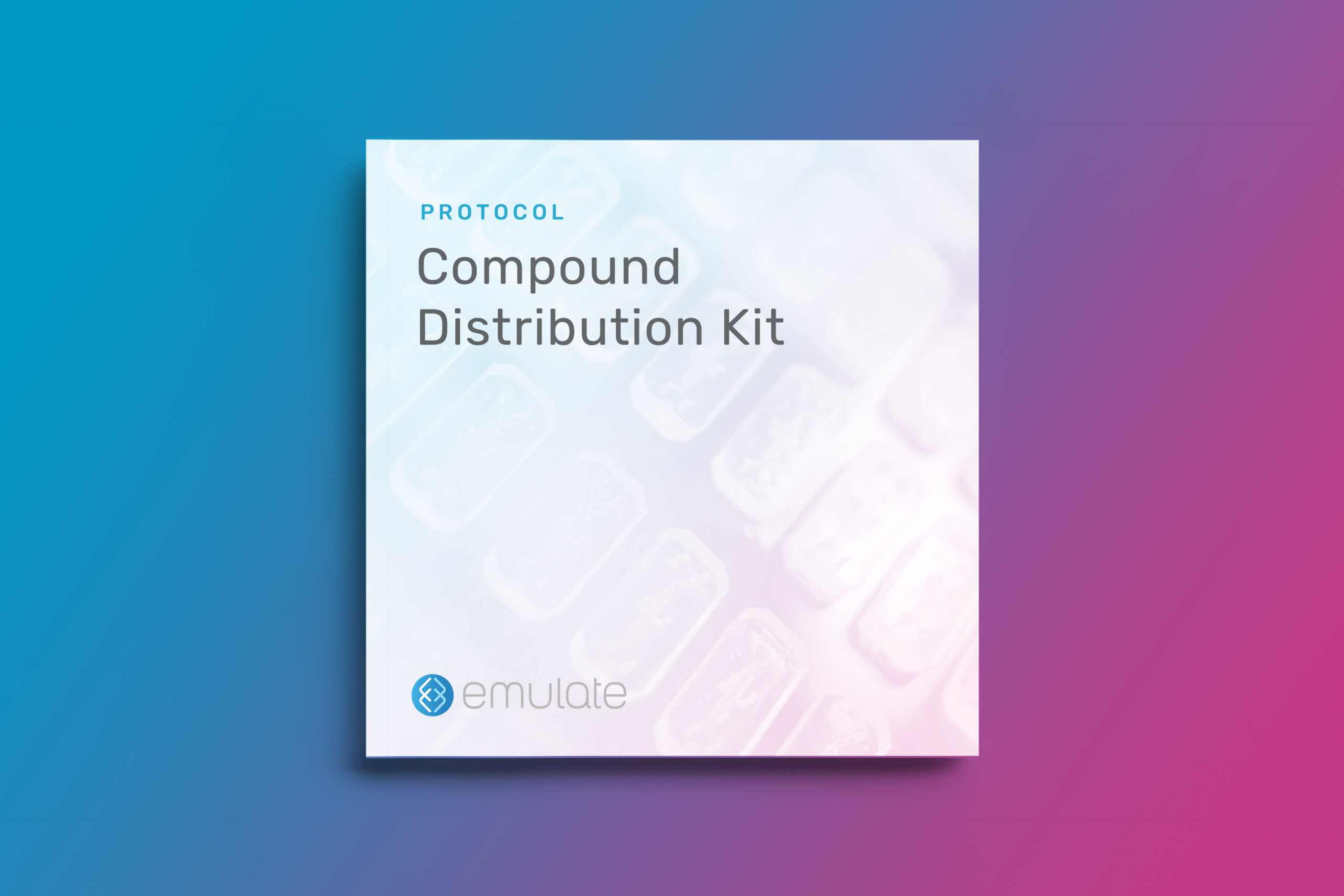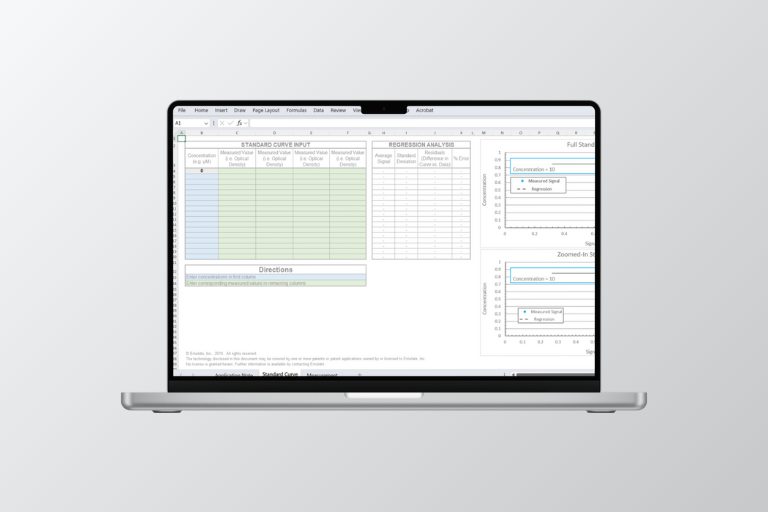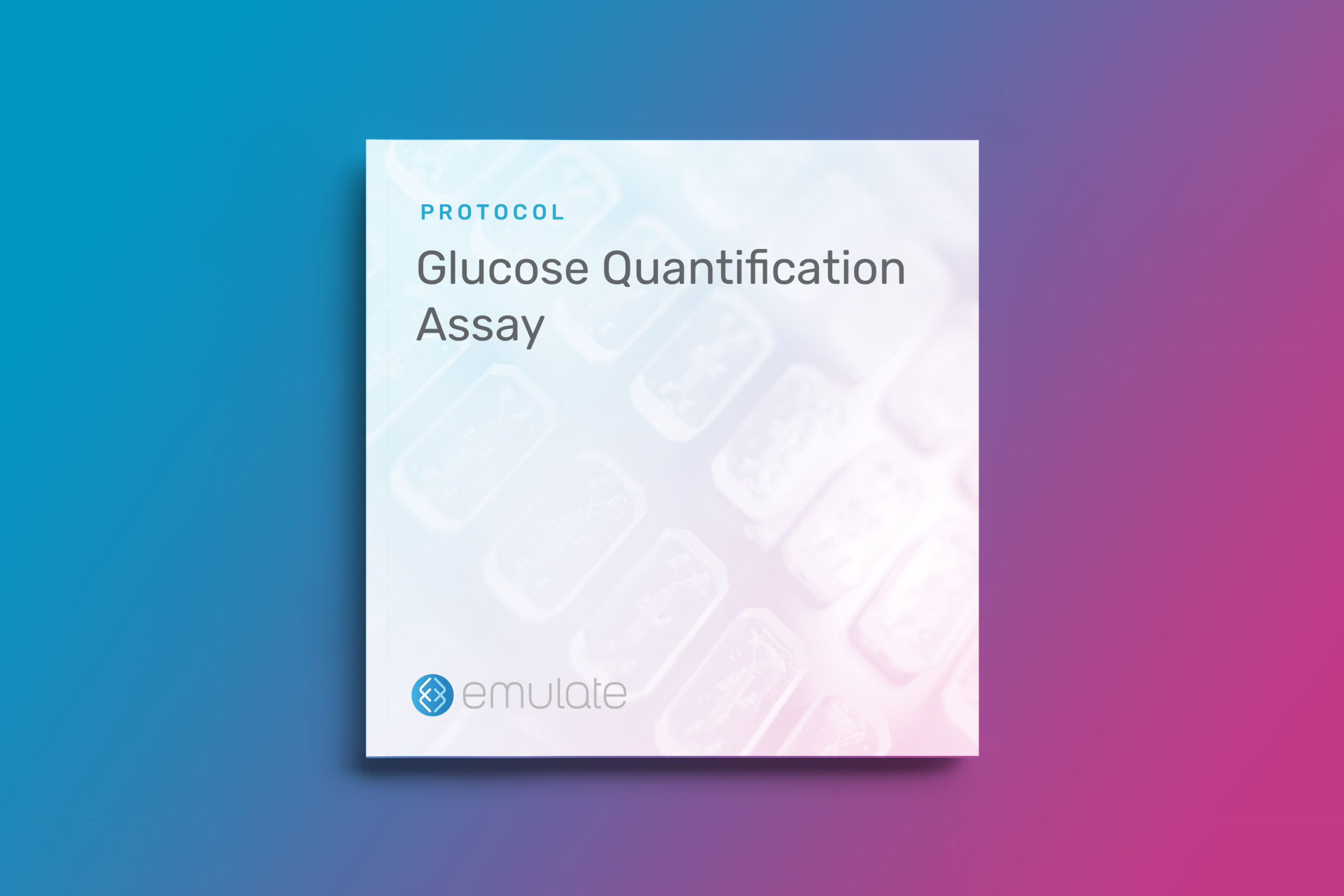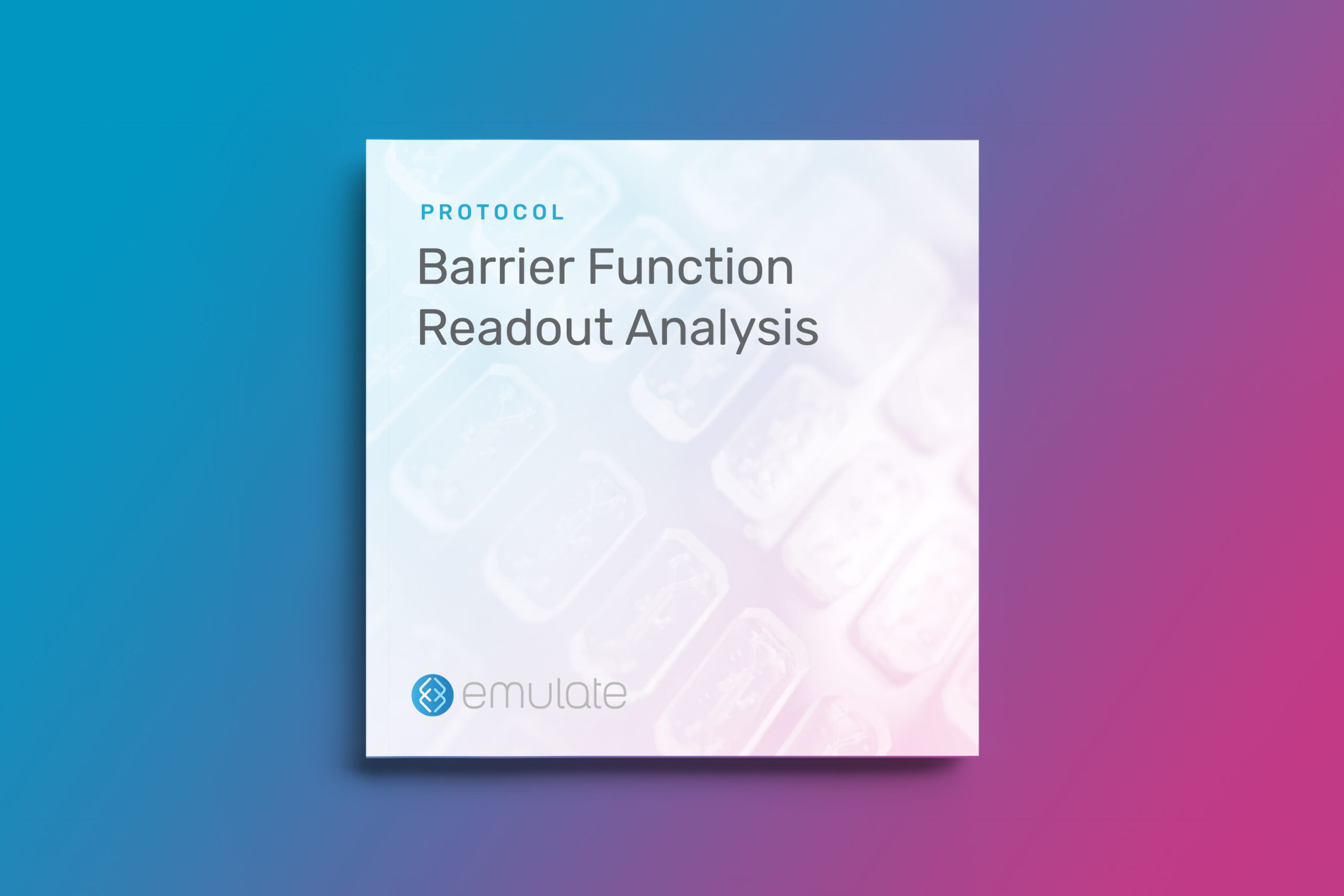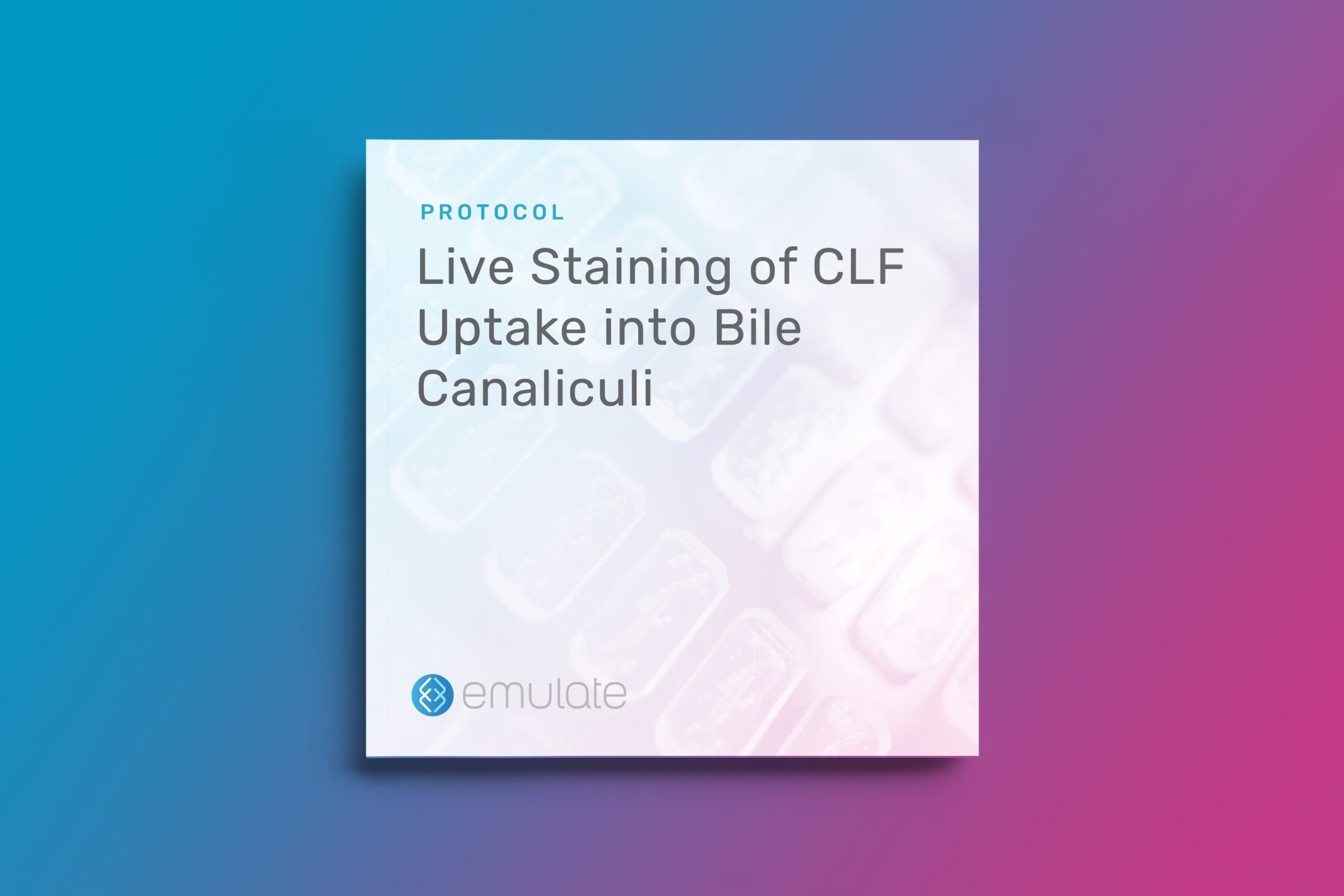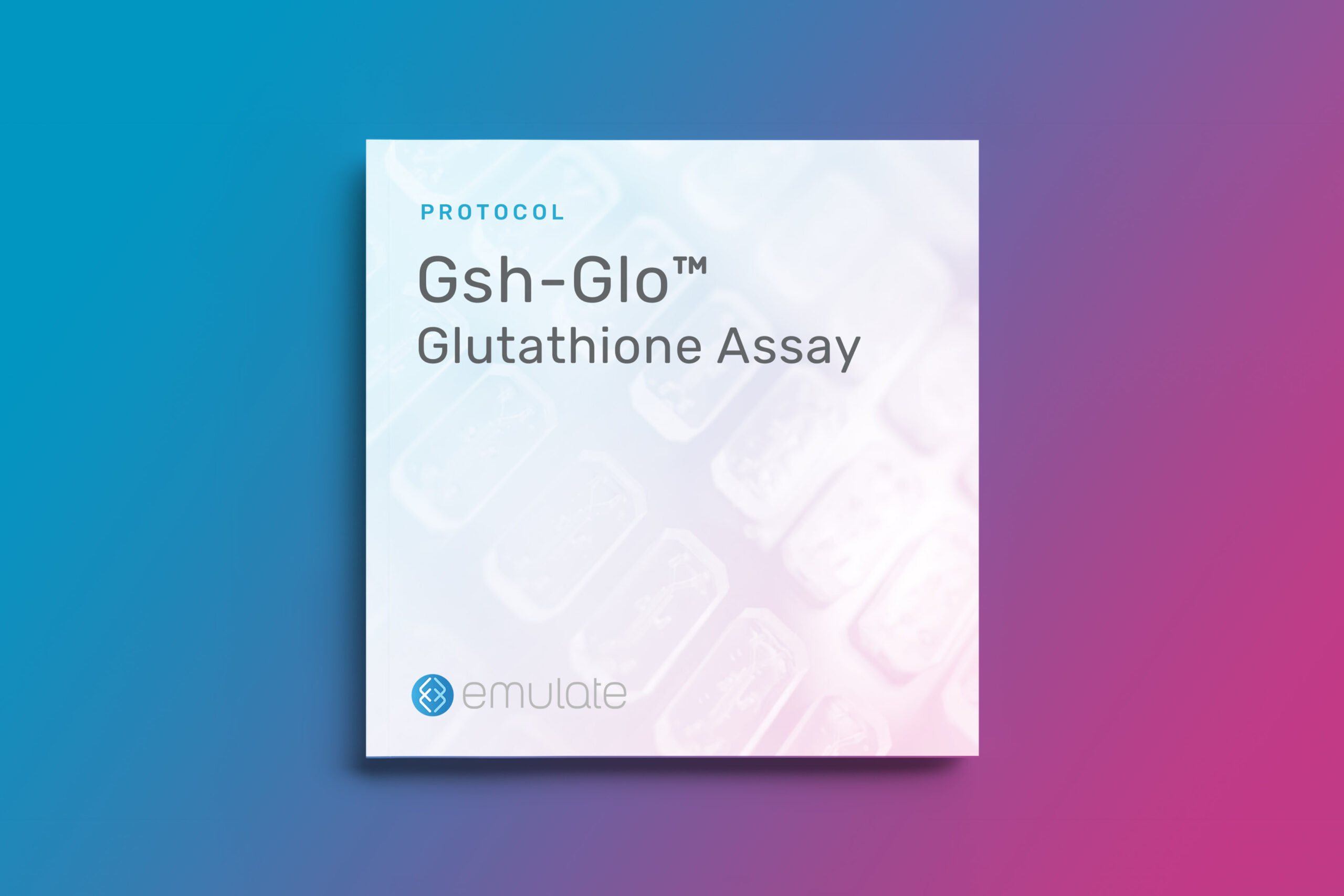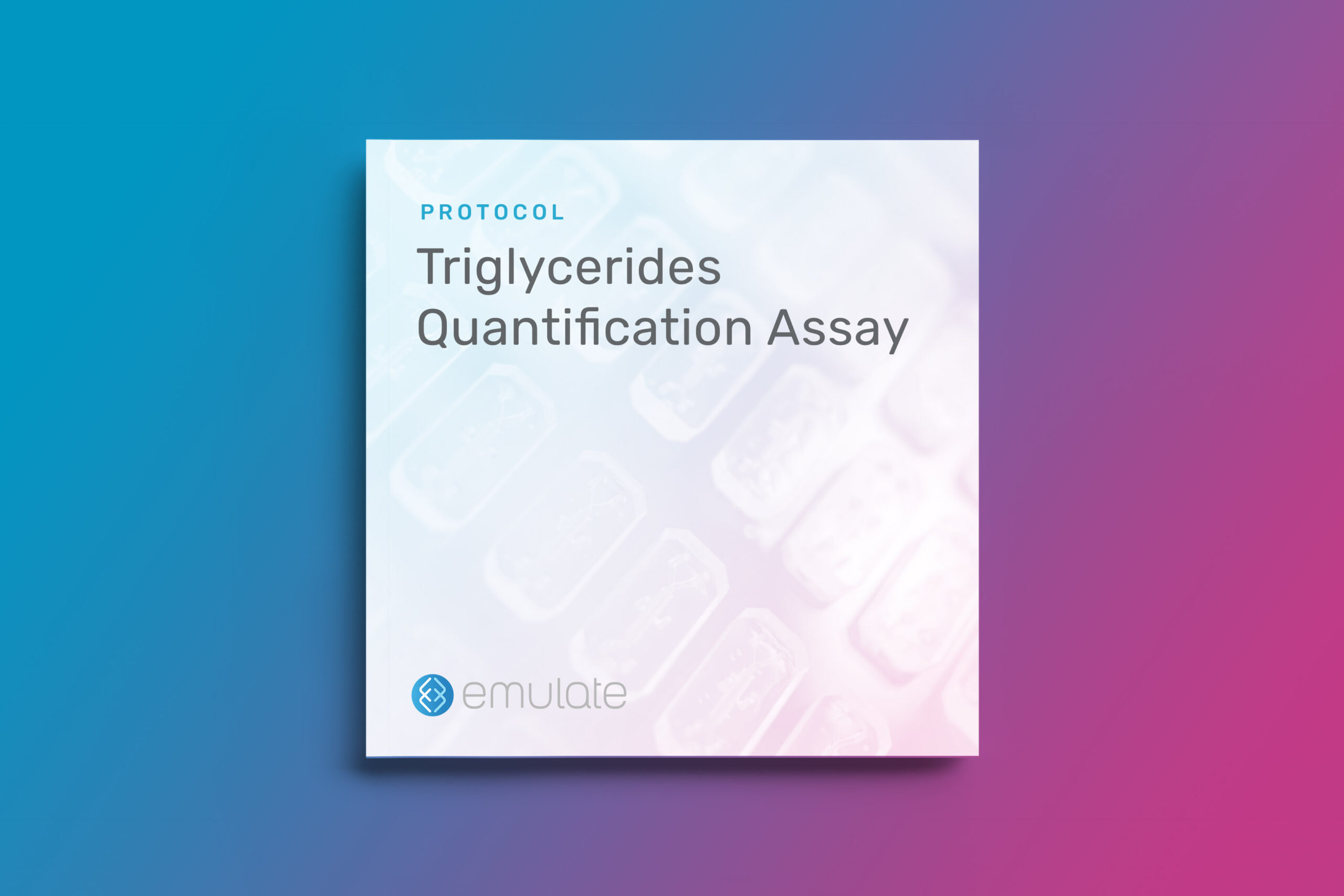Introduction
In both in vitro and in vivo experiments, researchers must consider compound distribution within the biological model and experimental setup prior to quantitative drug studies, as distribution determines exposure — the concentration of a compound that cells truly experience.
In in vivo systems, this is addressed by volume of distribution studies, which relate compound dosage to its effective concentration. However, in both in vivo and in vitro studies, the distribution effects of system components, such as infusion tubing, syringes, tissue-culture plates, and pipette tips, are often missed.
With Organ-Chip experiments, we proactively address compound distribution in a number of ways. Several of these are embedded in our protocol designs, where we have selected experimental conditions to optimize compound exposure. Additionally, we have developed the Compound Distribution Kit to directly evaluate distribution and compound exposure.
The Compound Distribution Kit is intended to be used as a specialized control experiment — the distribution control experiment — prior to the intended Organ-Chip study. As such, the contents of the Compound Distribution Kit mirror the contents of the Organ-Chip Bio-Kit, and the protocol used for the distribution control experiment mirrors a simplified version of the intended study (e.g., without cells or ECM coating). The distribution control experiment’s output indicates whether any compound may be distributed into the system and away from cells. Moreover, in some cases, the distribution control can be used to quantitatively correct the experimental results of the intended study and assign it appropriate error bars.
